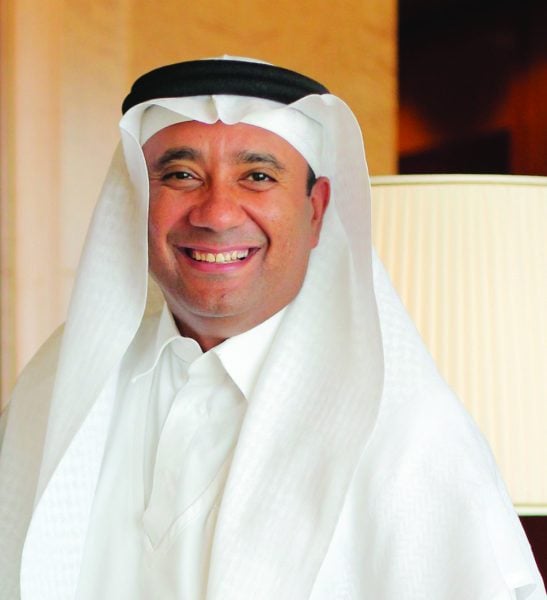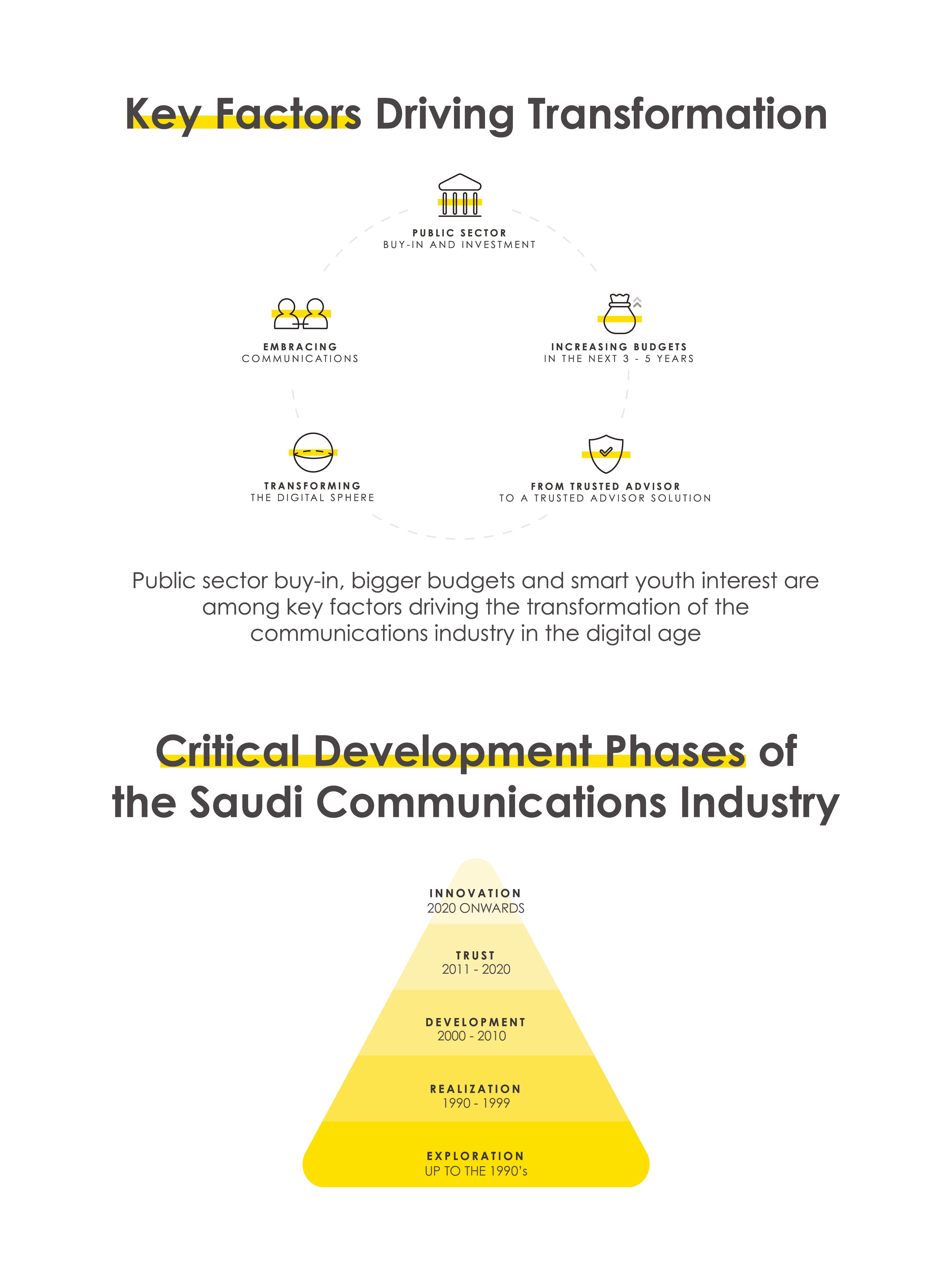
In his landmark interview on April 25, 2021, celebrating the five-year milestone of the launch of Saudi Arabia’s Vision 2030, Prince Mohammed bin Salman bin Abdulaziz, Crown Prince of Saudi Arabia, confidently stated: “The kingdom is on track to meet the ambitious targets set for the next nine years.”
An inspirational leader, the Crown Prince also asserted that “we will work to achieve opportunities and develop our human resources”. These words capture the essence of where Saudi Arabia is heading and that its human resources are as vital and valuable as its natural resources.
All roads lead to Saudi Arabia’s Vision 2030, the kingdom’s strategic framework and roadmap built around three key pillars: an ambitious nation with effective governance and social responsibility; a thriving economy with high employment and a robust non-oil private sector; and a vibrant society with a strong Islamic national identity and a fulfilling and healthy life for all.
This blueprint has been designed to reduce Saudi Arabia’s dependence on oil, diversify its economy and develop public service sectors such as health, education, infrastructure and recreation. This is also anchored by a sheer drive to attract foreign direct investment and galvanise local investments, thanks to the Public Investment Fund’s 2021-2025 strategy, which stipulates the injection of SAR 150bn annually, for five years, into the Saudi economy, targeting 13 sectors.
This roadmap has advanced Saudi Arabia’s transformation by leaps and bounds, igniting all sorts of human ambition and fuelling change with the empowerment of Saudi Arabia’s fairly young population, which represents the true assets and power of the nation.
But beyond the socio-economic reforms and developments across all business sectors, including the complete overhaul of various government systems, and the injection of billions into the Saudi economy, the communications industry has received its fair share of opportunity, development and growth potential.
It is no secret that the communications industry is booming, but beyond the hundreds of contracts to establish new communications infrastructures, and upgrade or manage existing communications setups and support the communications requirements of the kingdom’s giga projects, the real success and impact is that there is a real and viable industry that is built on the foundation of Saudi talent.
Having said that, our industry is transforming rapidly and in fact, is catching up to the new socio-economic direction that is shaping Saudi Arabia’s tomorrow. There are five key drivers that represent the new communications imperative: public sector buy-in and investment; increasing budgets in the next 3-5 years; moving from trusted advisor to a trusted advisor solution; transforming the digital sphere; and embracing communications.
With all of the five key drivers working together to create a more robust industry, more efforts need to be exerted to not only build job and career opportunities but work from the core to create trusted and viable feeder streams to help drive this momentous growth and further calibrate both the supply and demand chains.
The existing youth bulge creates a fantastic opportunity, making communications both an option and an opportunity. For communications service providers, whether in-house or external, this provides an immense opportunity to recruit and help create a sustainable industry, which at the present stage is not as influential as it should be. The opportunity is how the job providers will market and package the opportunity to these young prospects.
Essentially, communications agencies will need to practice what they preach when they manage the image and reputation of these respective clients – and will have to go beyond that. They will have to create the right image with the right message for the right audience.
The industry is set to witness more change in the next three years, during which communications will drive many issues on the public and private national agendas and communications experts will become a commodity rather than a valuable asset. We need to create experts, not practitioners only. Therefore, it is paramount that we anticipate key trends that will drive communications, and how these trends will dictate and define how this industry will grow and prosper, not for today but for tomorrow.
So, what is tomorrow? Is it a vision or a roadmap, a direction, or a destination? The communications ecosystem is finally being created with clear calibration of the offering based on real expectations, with interests of both service providers and recipients aligned, setting the charted course for the future.










